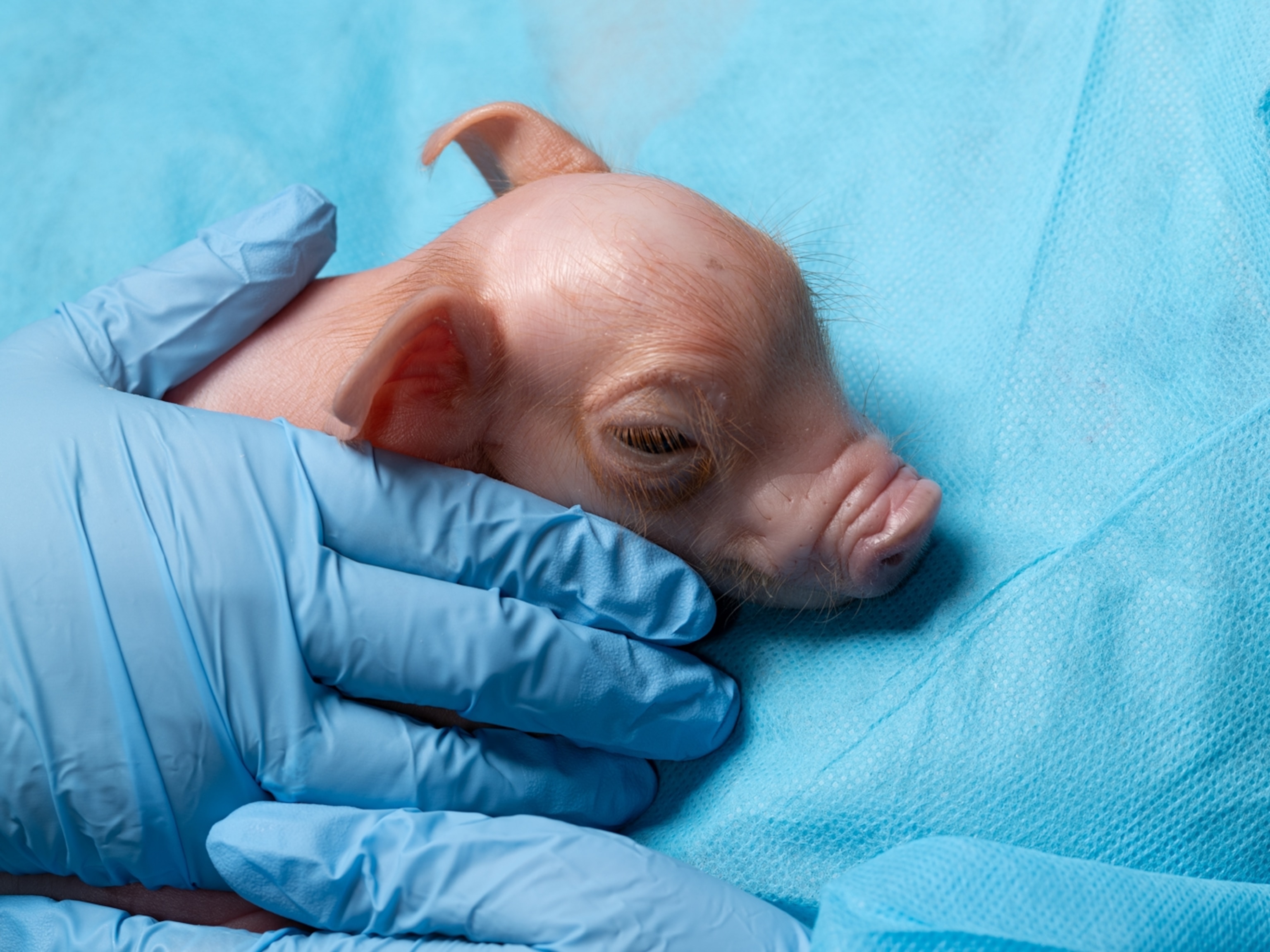
Could Cyborg Cockroaches Save Your Life?
New video shows bugs being "driven" with surprising precision.
The sight of a cockroach scuttling across the floor makes most of us shudder, but in a disaster, roaches might prove to be our new best friends.
Cockroaches that are surgically transformed into remote-controlled "biobots" could help locate earthquake survivors in hard-to-access areas. This new video from North Carolina State University's iBionics Laboratory shows how the lab's enhanced roaches can be steered with surprising precision.
To learn more, Amanda Fiegl spoke to assistant professor of engineering Alper Bozkurt, who led the roach biobot project.
What exactly is a biobot? Is it like a cyborg, a combination of a living organism and a robot?
"Biobot" is short for "biological robot." It is the first stage of creating what we would call an insect cyborg.
Currently, we can steer these roaches remotely and make them stop, go, and turn. If we can have them interact independently with the technologies we've surgically implanted in them, then they will become true cyborgs.
Is it hard to perform surgery on a cockroach?
No, it's quite simple. Insects can be anesthetized by putting them in the fridge for a few hours—the cold basically makes them hibernate, so they don't move. Then you just need tweezers and a microscope.
We do a simple surgery to insert the electrodes in the roaches' antennae and cerci [rear sensors]. We also use medical-grade epoxy to glue tiny magnets to their backs, so that we can just snap on the backpack containing the wireless control system.
(Also see "Cockroach Brains May Hold New Antibiotocs.")
Your paper mentions that these biobots could help rescue earthquake survivors. How, exactly?
Their backpacks can carry a locator beacon and a tiny microphone to pick up cries for help. Of course, a human operator or computer still has to be listening and steering them. Our biobots are basically just beasts of burden. They could also carry a camera or any other kind of miniaturized sensor one can imagine.
These experiments were done in a very controlled laboratory environment, on a flat surface, so we are now in the process of building test-beds that mimic some real-life scenarios. I don't think it will be very long before we can deploy them to actually help rescue people.
(See "Robot Animals Snare U.S. Poachers.")
Why use real cockroaches, instead of synthetic robots made from some tougher material?
They come with a self-powered locomotion system. And they have biological autonomy to help them survive—they will run away when they sense danger, which makes them hard to trap or squash. That's really useful in uncertain, dynamic environments.
(Related: "Color-Changing Rubber Robot Could Aid Animal Study.")
How many roach biobots have you created so far? Are most of them male or female?
More than ten. We paint them with different colors of nail polish to tell them apart. We prefer to work with females, because they can carry eggs inside, so they are theoretically better at carrying payloads. But it works on males as well.
Can you explain exactly how you are able to steer the biobots?
We use electric pulses to stimulate their antenna sensor cells, making them think there is an obstacle to navigate around.
Cockroaches use their antennae as touch sensors, similar to the way a blind person might use their hands to recognize the environment. So when we stimulate the antennal sensor on the roach's right side, it makes a left turn, and vice versa. We also stimulate their cerci to make them go forward. Cerci are the sensors at the very back of the insect that sense any predator behind.
(See pictures of animal robots—marine machines made in nature's image.)
Do the electrical pulses hurt the roaches?
No, there are a lot of scientific papers and evidence that show that invertebrates don't have the sense of pain as we, humans, perceive it. So it was not like we were zapping them and they were reacting to pain. Their reflexes were simply navigating them around perceived obstacles.
We don't want to torture cockroaches. Actually, we hope that our research will help the public to appreciate the importance and complexity of these little folks that we share an ecosystem with. Personally, I can't even kill pest insects at home since I appreciate them so much!

The new biobot research was presented at an August 28 meeting of the IEEE Engineering in Medicine and Biology Society in San Diego, California.





